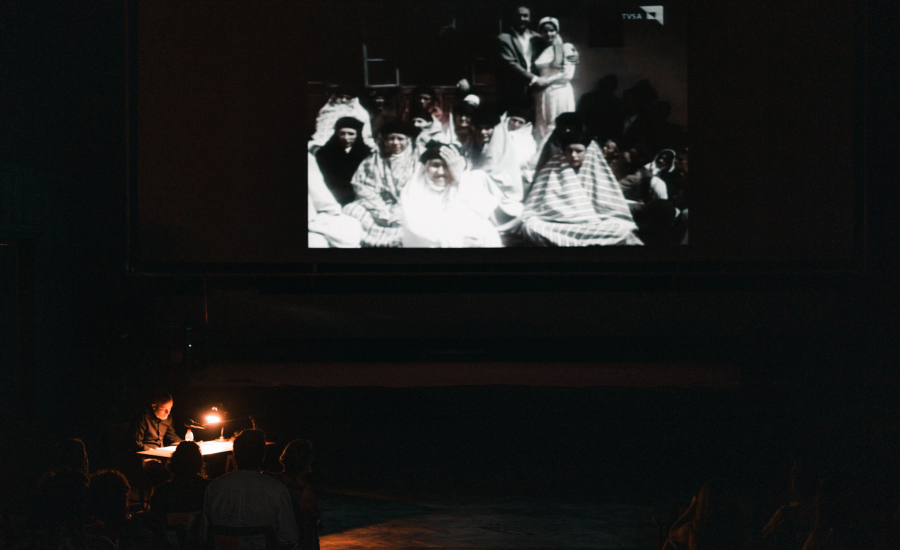11/08/2022
An informative performance under the name "Re: Vizija #4" held this Wednesday afternoon in the interior of the cinema "Lumbardhi" introduced the attendees to one of the aspects of the cinema of the former Yugoslavia. Through selected sequences from films made in the countries of the former Republic of Yugoslavia, which mainly coincide with the years 50-75, the dynamics of the image of women, their empowerment and then again their abolition in cinematographic products are compared.
The lecture, divided into several sequences, explained the dynamics of what happened in the cinematography of the fiction genre in these films, which in these countries at the time were part of the former Socialist Federal Republic of Yugoslavia and were a form of propaganda.
The lecture began with the presentation of the image of the woman in the earliest films which showed her figure oppressed by men. Sequences from films in which fathers did not let daughters marry what they want, follow their desires or even arranged marriages testified to an aspect of the cinema of the time that sought to show society the panorama in which she found herself and from which it should emerge.
Later, the first small revolts expressed through the acting of the actresses in these films begin. The first objections to the patriarchal akes can be considered as a kind of revolt of the woman in the cinematography against what had happened to her.
The industrialization of the society finds the woman in Yugoslavia more empowered and her figure in the films is sometimes expressed as an opponent of the man. She was shown as a mother, wife and successful worker who sometimes crossed the limits of the ordinary, or was more powerful in relation to her husband.
All this would later take a turn in other films which begin to speak again and advertise the so-called values and anti-values of that time context. Acts of treason, prostitution and the like are expressed in cinematographic products as immoral and characters with such characters did not end well at all. What happened to them was often brutal or inhumane.
The research of all these cases collected, grouped and studied are a good way to show not only through books the events of that society. The cinematographic products shown in the performed lecture aroused a lot of curiosity and caused quite a bit of surprise in the audience that followed them attentively.
By Ana Haxhimali
Photo Credits: Esad Duraki



